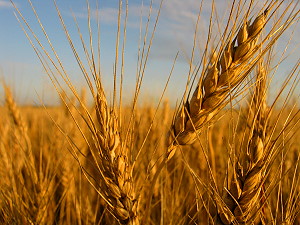 Manitoba Agriculture
Manitoba Agriculture
Crop Report
September 27, 2022
Northwest Region
Another slow week of harvest progress dictated by showers (up to 32 mm at The Pas) and cool, humid days. Some harvest was able to resume by Saturday, and widespread on Sunday. The heaviest frosts touched down Thursday morning at Ruthenia, Inglis, and Grandview; down to -2.5°C for several hours. With a favourable forecast, it is expected that good progress should be made this week, but the narrow harvest window may be affected by heavy morning dew and tough grain conditions by evening.
Provincial Overview
Harvest progress sits at 47% completed across the province, approximately 3.5 weeks behind the 5-year average of 79% complete by week 39.
Few crops were harvested last week until the weekend, since frequent drizzling rains, high humidity, and overcast conditions prevented harvest operations. Crops that were harvested before the start of this week were often tough to damp, and had to be artificially dried.
Killing frosts arrived in much of the western side of the province on the morning of September 22nd and much of the rest province saw frost on September 27th. Some crop injury is expected in green canola and soybeans, but damage is expected to be relatively light.
Soft field surfaces have shown more compaction and tracking from machinery than fields combined earlier in the month, and farmers are making frequent header adjustments to align with soil conditions to reduce earth tag in soybeans.
Unharvested cereals have seen some bleaching and staining from recent wet weather, especially where they lie in swath. Quality downgrades are expected in the northern parts of the Eastern, Southwest and Interlake regions.
Some soybean crops may be harvested ahead of some cereals and canola this year s farms wait for grain moisture content to drop in those crops.
Light frosts have producers concerned over nitrates in their annual crop silage and greenfeed still standing, and are advised to feed test their annual crops for nitrates prior to feeding.
